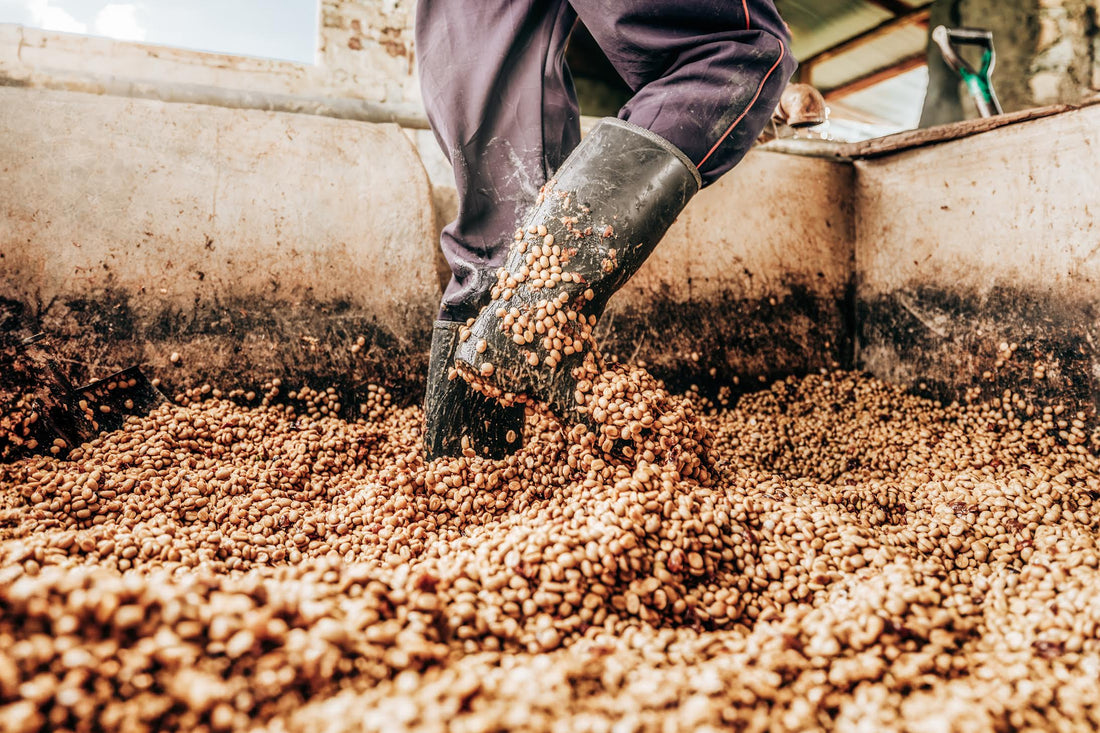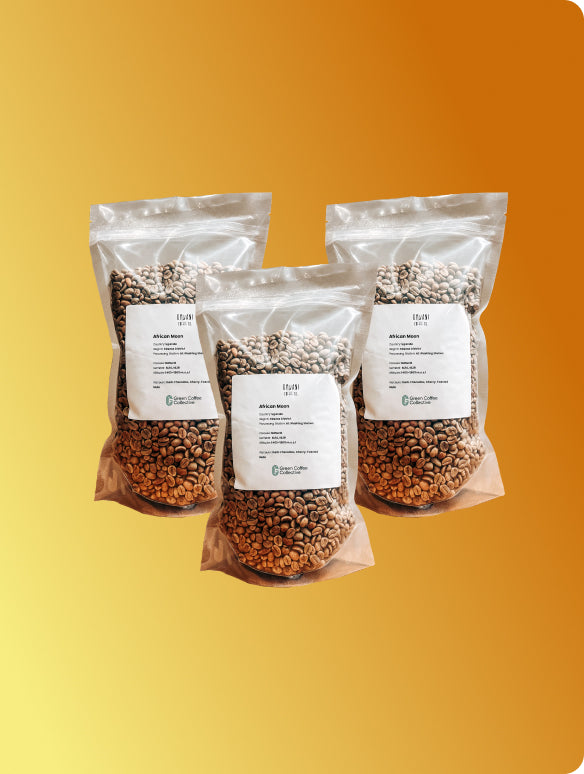Climate change is no longer a distant threat for coffee producers. Across Central America, rising temperatures, erratic rainfall, and new waves of pests are dismantling the foundations of one of the region’s most important industries. What was once stable, generational work is now becoming impossible to sustain. For many families, migration is no longer a choice - it’s survival.
This growing movement of people is part of a wider crisis: climate migration. It’s reshaping agricultural regions and uprooting entire communities, especially those dependent on coffee.
What is a climate migrant
A climate migrant is someone forced to leave their home because their environment can no longer support their way of life. This might be due to extreme weather events - hurricanes, droughts, floods - or slower-burning changes like soil degradation and shifting temperatures.
Unlike refugees fleeing war or persecution, climate migrants aren’t recognised under international law. They have no legal protection under the 1951 Refugee Convention or its 1967 Protocol, which means no right to asylum, no defined pathway to safety, and no obligation for other countries to help.
Most are internally displaced, moving within their own borders to areas less affected by drought or landslides. Others cross borders in search of work, often heading north. The World Bank estimates that climate change could force up to four million people in Mexico and Central America to migrate over the next 30 years.
These are farmers, pickers, mill workers - people who have built their lives around the land and the coffee plants that once grew reliably there.
El Salvador: when the harvest disappears
Few stories capture this shift as clearly as El Salvador’s. Coffee was once the backbone of the country’s economy. In the 1970s, exports thrived, and coffee farming supported hundreds of thousands of jobs. Today, the industry looks very different.
Farmers like Yolanda del Carmen Marín in Sonsonate remember when each plant produced three baskets of coffee. Now, harvests have shrunk dramatically. The reasons are layered - low market prices, lack of investment, and the spread of La Roya, or coffee leaf rust, which thrives in warmer, wetter conditions. But climate change amplifies them all.
Production on some farms has fallen from thousands of tonnes in the 1970s to just a few hundred today. In the past decade alone, El Salvador has lost more than 80,000 coffee-related jobs. With so few local opportunities, many families are split apart - parents migrate to support children left behind, or young people head north in search of something more stable. Nearly one-fifth of Salvadorans now live in the United States.
The wider Central American picture
Across the region, the pattern repeats. Nicaragua endured consecutive droughts in 2016 and 2017 that decimated harvests. When the rains finally came, they arrived in damaging bursts that washed away weakened plants. Many producers fell into debt, borrowing to fund one more season only to see their crops fail again. Some reduced production; others walked away entirely.
Then came 2020, when Hurricanes Eta and Iota struck within weeks of each other. The storms destroyed homes, roads, and farms across Honduras and Nicaragua, damaging up to 15% of Nicaragua’s coffee-growing land. The timing couldn’t have been worse - countries were already struggling with the economic fallout of the pandemic.
The destruction pushed thousands of coffee workers to migrate. Most Nicaraguans crossed into Costa Rica, while others joined the growing flow north towards Mexico and the US. For many, these were the only viable destinations with seasonal work or existing migrant networks.
In Honduras, coffee remains a crucial source of employment, engaging about 28% of the workforce. But the country’s vulnerability to climate change is severe. Rising temperatures have made low-altitude coffee farms unviable, forcing growers uphill in search of cooler microclimates. Heavy rains cause landslides and prolonged dry spells parch the soil.
When coffee becomes unviable
These are not isolated problems. According to recent studies, half of the land currently suitable for coffee cultivation could be lost by 2050. In the short term, that means smaller yields and inconsistent harvests. In the long term, it means entire regions becoming unsuitable for coffee altogether.
Colombia, the world’s second-largest producer of Arabica, is already seeing shifts in temperature and rainfall that affect not only yield but also flavour and quality. Sixty percent of wild coffee species are now at risk of extinction.
The social impact is immense. As coffee becomes harder to grow, younger generations are leaving rural areas. Farms without successors are abandoned or converted to other crops. Local economies shrink, and migration increases - a cycle that weakens both agricultural resilience and community stability.
The politics of migration and responsibility
Migration from Central America has become a political flashpoint in the United States. Trump has framed it as a border issue, cutting aid to Honduras, Guatemala, and El Salvador for what he described as their failure to stop migrants heading north.
But aid cuts undermine adaptation efforts - the very initiatives designed to keep people on their land. Funds had been supporting projects to introduce pest-resistant coffee varieties, strengthen irrigation, and train farmers to manage shifting rainfall patterns. Without that support, the conditions driving migration only worsen.
This raises a moral question. Industrialised nations - those whose economic development was fuelled by fossil-fuel use - have contributed most to global warming. Yet it’s the farmers in developing countries who bear the consequences. If coffee producers are being displaced by climate change they did not cause, should they not also be protected by the countries that did?
Recognising climate migrants as a legitimate refugee group would be one step towards fairness. It would mean access to protection, support, and safe resettlement - the same rights already extended to those fleeing war or persecution.
Looking ahead
For coffee, the stakes are high. Without major investment in adaptation - from irrigation systems to reforestation and the breeding of climate-resistant varieties - vast areas of Central America could fall out of production within a generation. That would reshape the global coffee market, drive prices higher, and leave millions without a livelihood.
The World Bank’s Groundswell report predicts that by 2050, climate-driven migration could reshape internal populations across Latin America. For coffee farmers, adaptation is survival - but it requires resources many simply don’t have.
If the world wants coffee to have a future, supporting those at the root of its production must be part of the solution. Fair pricing, climate adaptation funding, and recognition of climate migrants are all part of that bigger picture.
The decisions made now – by governments, consumers, and the coffee industry itself - will determine whether farming communities in Central America can adapt and stay, or be forced to leave the land that has sustained them for generations.

